Greenland travel tips
Greenland travel tips: Arctic island, world’s largest, icy landscapes, Inuit culture, autonomous territory within Denmark, stunning fjords, sparse population, unique environment.
Administrative Regions🌎
Greenland travel tips. Here is a list of all the administrative regions of the Greenland.
Before you go 🛩
Important information you should know before your trip
Info
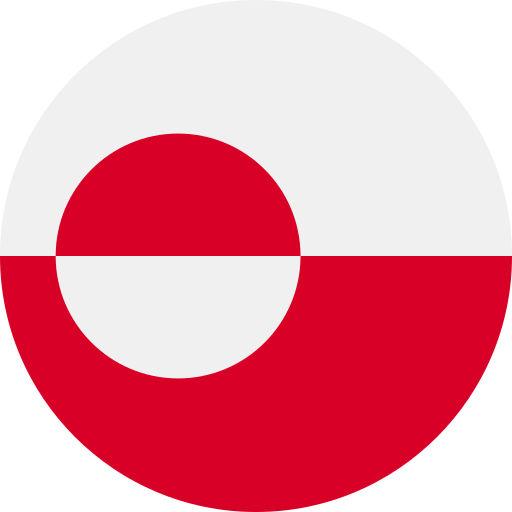
Capital | Nuuk
Flag Codes
ISO alpha-2 GL, ISO alpha-3 GRL
Currency
Badge | Danish crown
CODE | DKK
NUMBER | 208
SYMBOL | kr
FRACTION | Øre
Mobile Coverage
Dialing Code | +299
SIM Card
Coverage
3G / 4G / 5G
Mobile Networks |
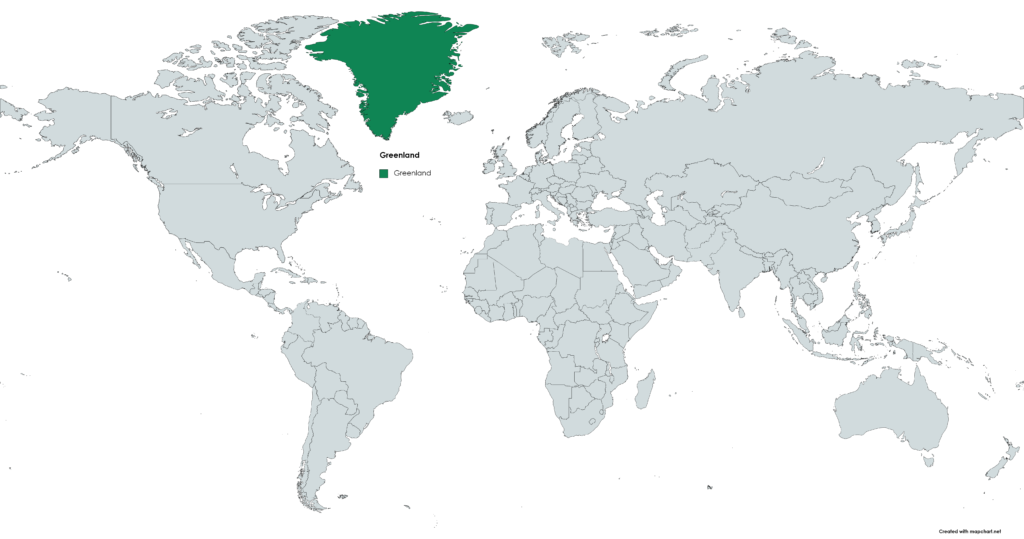
Location
Greenland is located in the northern part of North America, geographically within the continent of America, but it is also politically and culturally associated with Europe. Greenland is the world’s largest island, and it is located mostly within the Arctic Circle. It is bordered by the Arctic Ocean to the north, the Atlantic Ocean to the south and east, and the Greenland Sea to the northeast. It is part of the Kingdom of Denmark and is an autonomous territory within the Danish Realm.
Currency
The official currency of Greenland is the Danish Krone (DKK). The Greenlandic krone is no longer in circulation, and Danish kroner are used for all transactions in Greenland.
Languages
The official language of Greenland is Greenlandic, also known as Kalaallisut, which is an Eskimo-Aleut language. Danish is also widely spoken and used in official documents, government, and education, and it is the language of instruction in schools. However, most Greenlanders are bilingual and can speak both Greenlandic and Danish.
Climate 🌡
Greenland has an Arctic climate, with long, cold winters and short, cool summers. The climate varies greatly across the country, with the coastal regions experiencing milder temperatures than the interior, which can be very cold. In general, the coastal regions of Greenland have a subarctic climate, while the interior has an ice cap climate.
The average temperature in Greenland ranges from -15°C to 5°C (5°F to 41°F) in winter and from 5°C to 10°C (41°F to 50°F) in summer. However, temperatures can vary greatly depending on the location and time of year. The coldest month is usually February, and the warmest month is typically July or August.
Greenland also experiences the midnight sun phenomenon during the summer months, where the sun does not set for 24 hours, and the polar night during the winter months, where the sun does not rise for 24 hours. These phenomena are more extreme in the northern parts of the country.
Greenland travel tips
Traveling to Greenland, the world’s largest island, offers a unique and remote experience. Here are some useful tips for travelers planning a trip to Greenland:
Travel Documentation:
Check visa requirements for your nationality. Greenland is an autonomous territory within the Kingdom of Denmark, so entry requirements may differ from those of mainland Denmark.
Weather and Packing:
Greenland has a polar climate. Dress in layers and bring warm clothing, including a waterproof jacket and insulated boots.
Be prepared for rapidly changing weather conditions, even in summer.
Health Precautions:
Ensure your vaccinations are up-to-date, and consider health insurance that covers evacuation in case of emergencies.
Pack any necessary medications, as access to pharmacies may be limited in remote areas.
Respect Local Customs:
Greenlandic culture is unique, with a strong emphasis on community and nature. Respect local customs and traditions.
If invited to someone’s home, it is customary to bring a small gift.
Transportation:
Transportation options are limited, and travel between towns is often by plane or boat. Check schedules in advance and book tickets accordingly.
Consider hiring local guides for activities like hiking or dog sledding.
Currency and Payments:
The Danish Krone (DKK) is used in Greenland. Credit cards are widely accepted, but it’s advisable to have some cash, especially in more remote areas.
Accessibility:
Infrastructure in Greenland can be limited, especially in remote areas. Be prepared for potentially challenging travel conditions.
While enjoying the stunning beaches, be mindful of the local etiquette. Topless sunbathing is illegal, and nudity is not allowed on public beaches.
Northern Lights Viewing:
If visiting during the winter, Greenland offers excellent opportunities to see the Northern Lights. Check local forecasts and plan your activities accordingly.
Emergency Preparedness:
Be prepared for emergencies by carrying essentials like a first aid kit, emergency contact information, and extra supplies if traveling in more remote areas.
Cultural Events:
Check for any local cultural events or festivals happening during your visit. Participating in traditional celebrations can provide a deeper understanding of Greenlandic culture.
Time Zone:
Greenland is on West Greenland Time (WGT). Be aware of the time difference when making travel plans.
Greenland’s remote and pristine landscapes offer a unique and unforgettable experience for travelers. By being well-prepared and respectful of the local environment and culture, you can make the most of your visit to this Arctic wonderland.

The best of the best
The traditional cuisine of Greenland is largely based on meat, fish, and seafood, as these are the main sources of food in the region.
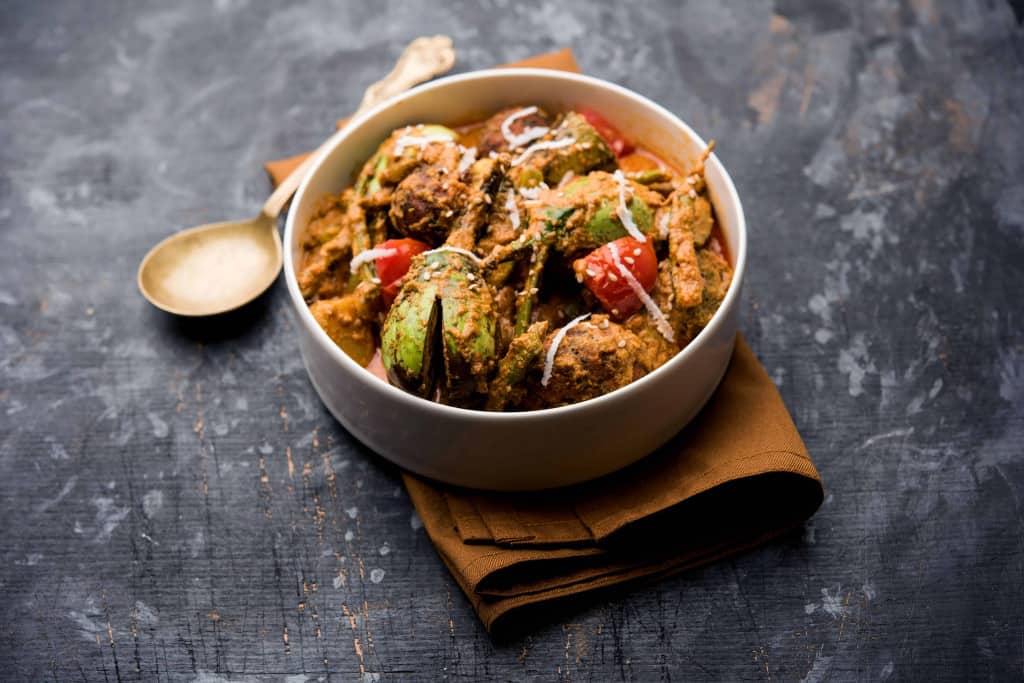
Kalaallit Nunaat Caribou
Caribou meat is an important part of the Greenlandic diet, and it is often prepared in a variety of ways, including roasted, boiled, or dried.
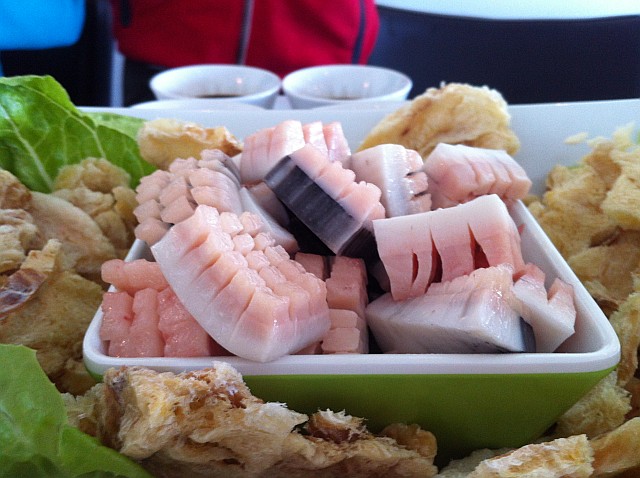
Mattak
Mattak is a traditional Inuit dish made from the skin and blubber of the narwhal or beluga whale.
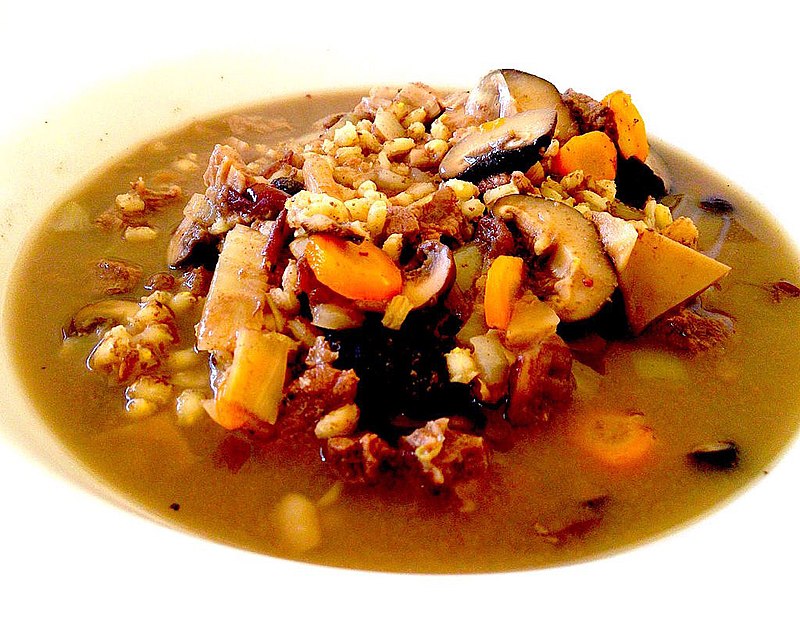
Suaasat
Suaasat is a traditional Greenlandic soup made with seal, whale, or caribou meat, and is often served with potatoes and onions.
Some typical foods of Greenland include:
Seal: Seal is another important meat in the Greenlandic diet, and it is usually prepared by boiling, frying, or smoking.
Fish: Fish, such as salmon, halibut, and Arctic char, are common in Greenlandic cuisine and are often served dried or smoked.
Greenlandic Coffee: Greenlandic coffee is a traditional drink made with coffee, whiskey, and whipped cream.
Arctic Berries: Berries, such as blueberries, cloudberries, and crowberries, are common in Greenland and are often used in desserts or as a topping for meats.
Palauga: Palauga is a traditional Greenlandic bread made from barley or rye flour and is often served with meat or fish.
Overall, traditional Greenlandic cuisine is based on the use of local ingredients and reflects the region’s harsh Arctic environment.
Transportation 🚥
More information about this country
Choose your destination 📍🗺
Useful Links ✅











